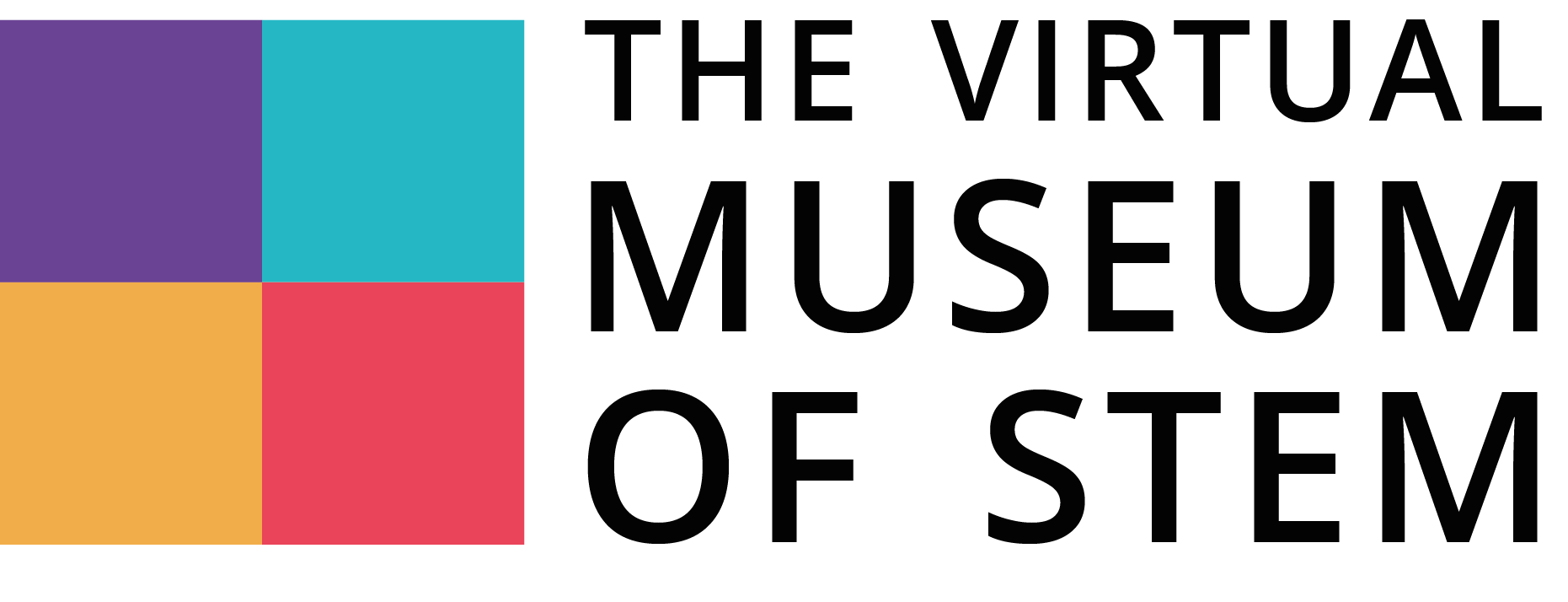How the field of STEM education can be benefited from emerging technologies

The use of fast-evolving technologies such as cloud computing, robotics, artificial intelligence, etc., is called the industry 4.0 era (Mystakidis, Papantzikos, and Stylios, 2021). As a consequence, the field of STEM education can be benefited from those new technologies. New methods such as Virtual Reality (VR) and Augmented Reality (AR) included in the 4.0 era are considered new tools for STEM education as they support a student-centered teaching methodEspecially during the Covid-19 outbreak, all STEM-related disciplines were affected by the closure of laboratories, and the need for these new methods to replace them was necessary.
The key question is what is AR and what is VR. According to Patrick J. Kinger:
“Augmented Reality (AR) adds digital elements to a live view often by using the camera on a smartphone. Examples of augmented reality experiences include Snapchat lenses and the game Pokemon Go, and Virtual Reality (VR) implies a complete immersion experience that shuts out the physical world. Using VR devices such as HTC Vive, Oculus Rift, or Google Cardboard, users can be transported into a number of real-world and imagined environments such as the middle of a squawking penguin colony or even the back of a dragon.”

As AR provides a real-life world with 3D models and VR plunges a user into a simulated world using head-mounted devices (HMD), both provide an interactive environment for learners and teachers. Some publications proved that not only AR and VR replaced laboratories during Covid but also showed that they kept the interest of learners in the field of STEM through the use of VR escape rooms as learning tools. Therefore, STEM disciplines are considered the most appropriate for education centers to start using VR and AR because it will master learners’ skills in the context of new technologies.
Mystakidis, S., Papantzikos, G. and Stylios, C., 2021, September. Virtual reality escape rooms for STEM education in industry 4.0: Greek teachers perspectives. In 2021 6th South-East Europe Design Automation, Computer Engineering, Computer Networks and Social Media Conference (SEEDA-CECNSM) (pp. 1-5). IEEE.
Stensborg (2021). How is Virtual Reality Changing STEM Education? [online] AZoM.com. Available at: https://www.azom.com/article.aspx?ArticleID=20494 [Accessed 28 Sep. 2022].
Sanfilippo, F., Blazauskas, T., Salvietti, G., Ramos, I., Vert, S., Radianti, J., Majchrzak, T.A. and Oliveira, D., 2022. A Perspective Review on Integrating VR/AR with Haptics into STEM Education for Multi-Sensory Learning. Robotics, 11(2), p.41.
Kiger, P.J. (2020). What’s the Difference Between AR, VR, and MR? [online] The Franklin Institute. Available at: https://www.fi.edu/difference-between-ar-vr-and-mr [Accessed 28 Sep. 2022].
